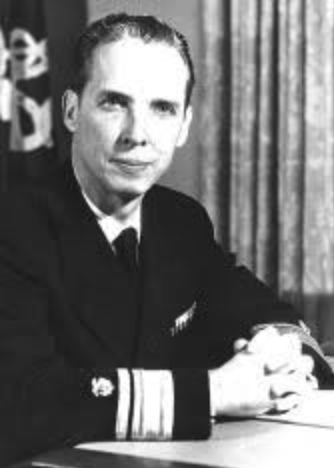For most of the 19th century, smoking was a national pastime. A multitude of ads and media created a culture around smoking. During this time, the idea that smoking is dangerous wasn’t accepted as it is today, and there were many lobbyists that wanted to keep it that way.
While there were studies done that connected smoking to ill health, such as the one done in 1929 by Dr. John Parasandola, they didn’t change public opinion. These forces were the obstacles that US Surgeon General Leroy Burney had to overcome to prove smoking was hugely detrimental to a person’s health.
In 1956, Leroy Burney created a team headed by E. Cuyler Hammond and Daniel Horn with the Public Health Service to work with voluntary health organizations to comb through 18 studies that connected smoking with lung cancer. At the conclusion of the study, they reported a connection between lung cancer and smoking.
With the team’s results, Burney released a statement that said smoking was one of the causes of lung cancer on July 12, 1957. His statement was discredited by the tobacco industry, who labeled the results as statistical nonsense that could not be taken seriously since none of the studies had human subjects, even though a study with human subjects was not permitted.
Leroy Burney’s attempts to alert the public to the dangers of smoking failed. However, Leroy Burney’s statements in 1957 and 1959 arguably allowed the US Surgeon General under President Lyndon B., Luther Terry, to study smoking and health in 1964. Neither of these studies changed the public’s outlook on cigarettes at the time. Annual consumption of cigarettes was actually increasing until it peaked at 600 billion cigarettes in 1981.
Even though Leroy Burney’s attempts failed to convince the public that smoking was bad, he did prove to be right in the end.
It is arguably because of the efforts of Burney and other public officials that the public is now aware of the dangers of smoking.

